Indian Govt. to unveil Rs 4,500 cr National Supercomputing Mission by year end
By MYBRANDBOOK
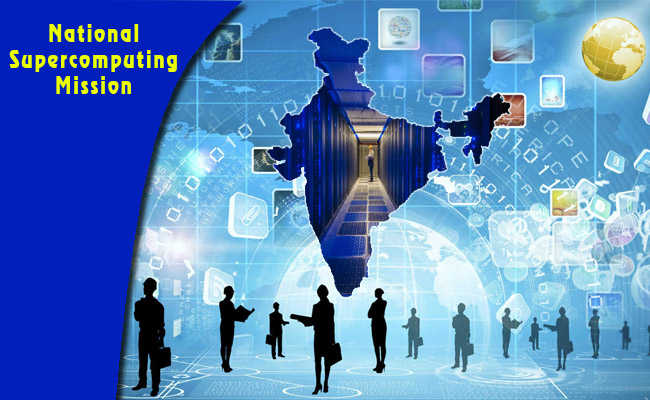
The Indian government has approved a seven-year National Supercomputing Mission (NSM) supercomputing program at an estimated cost of about $700 million (₹4,500-crore). This will comprise of a supercomputing grid of 70 geographically-distributed high-performance computing centers linked over a high-speed network.
According to a report, the first phase of the NSM is focused on assembling the supercomputers while the build element will be part of the second phase. If all goes well, IIT-Kharagpur will have a 1.3 petaflop machine and IISER Pune and IIT-BHU will have a 650 teraflop computer each by the year-end.
As per the initial plan, while some components would be imported, some like server-board assemblies, cooling solutions, power supply and storage systems would be manufactured in India with an aim to make 50% of the components locally over time.
The Centre for Development of Advanced Computing (C-DAC) is evaluating the technical bids by firms such as Acer, Fujitsu, IBM, HCL, TCS, Dell and Netweb and the contract is likely to be awarded soon.
India's supercomputer program was started in late 1980s because Cray supercomputers could not be imported into India due to an arms embargo imposed on India, as it was a dual-use technology and could be used for developing nuclear weapons.
Due to this technology-denial move, India set up the Centre for Development of Advanced Computing (C-DAC) in March 1988 with the clear mandate to develop an indigenous supercomputer to meet high-speed computational needs in solving scientific and other developmental problems where fast number crunching is a major component.
In the late 80s the PARAM 8000 had been considered to be India’s “first supercomputer”. Then came Aaditya from the Indian Institute of Tropical Meteorology, Mumbai. This was followed by the supercomputer SahasraT from the Indian Institute of Science – Bangalore (IISc.) in 2015. It was an independent effort from SERC who was spear-headed by Professor N Balakrishnan and his team.
Three years ago, NSM had announced to place India higher in the global supercomputer rankings. None of the government sources would make any concrete announcements about the progress and it was rumoured that Param series was a dying breed of supercomputers and there was nothing on the Indian high performance computing (HPC) horizon to replace it. In January however, the Pratyush, a 10-petaflop machine was announced where a key function of the machine’s computing power would be monsoon forecasting using a dynamic model.


Legal Battle Over IT Act Intensifies Amid Musk’s India Plans
The outcome of the legal dispute between X Corp and the Indian government c...

Wipro inks 10-year deal with Phoenix Group's ReAssure UK worth
The agreement, executed through Wipro and its 100% subsidiary,...

Centre announces that DPDP Rules nearing Finalisation by April
The government seeks to refine the rules for robust data protection, ensuri...

Home Ministry cracks down on PoS agents in digital arrest scam
Digital arrest scams are a growing cybercrime where victims are coerced or ...

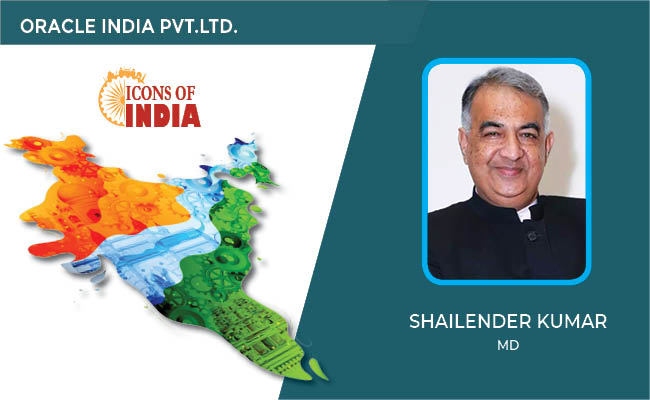
ICONS OF INDIA : SHAILENDER KUMAR
Shailender Kumar is senior vice president and regional managing direct...
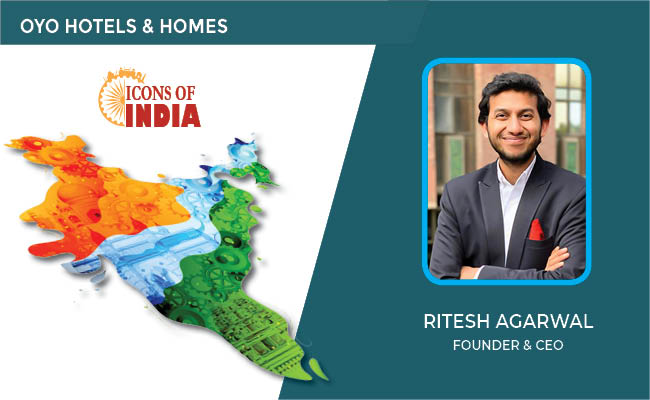
ICONS OF INDIA : RITESH AGARWAL
Ritesh Agarwal is an Indian billionaire entrepreneur and the founder a...
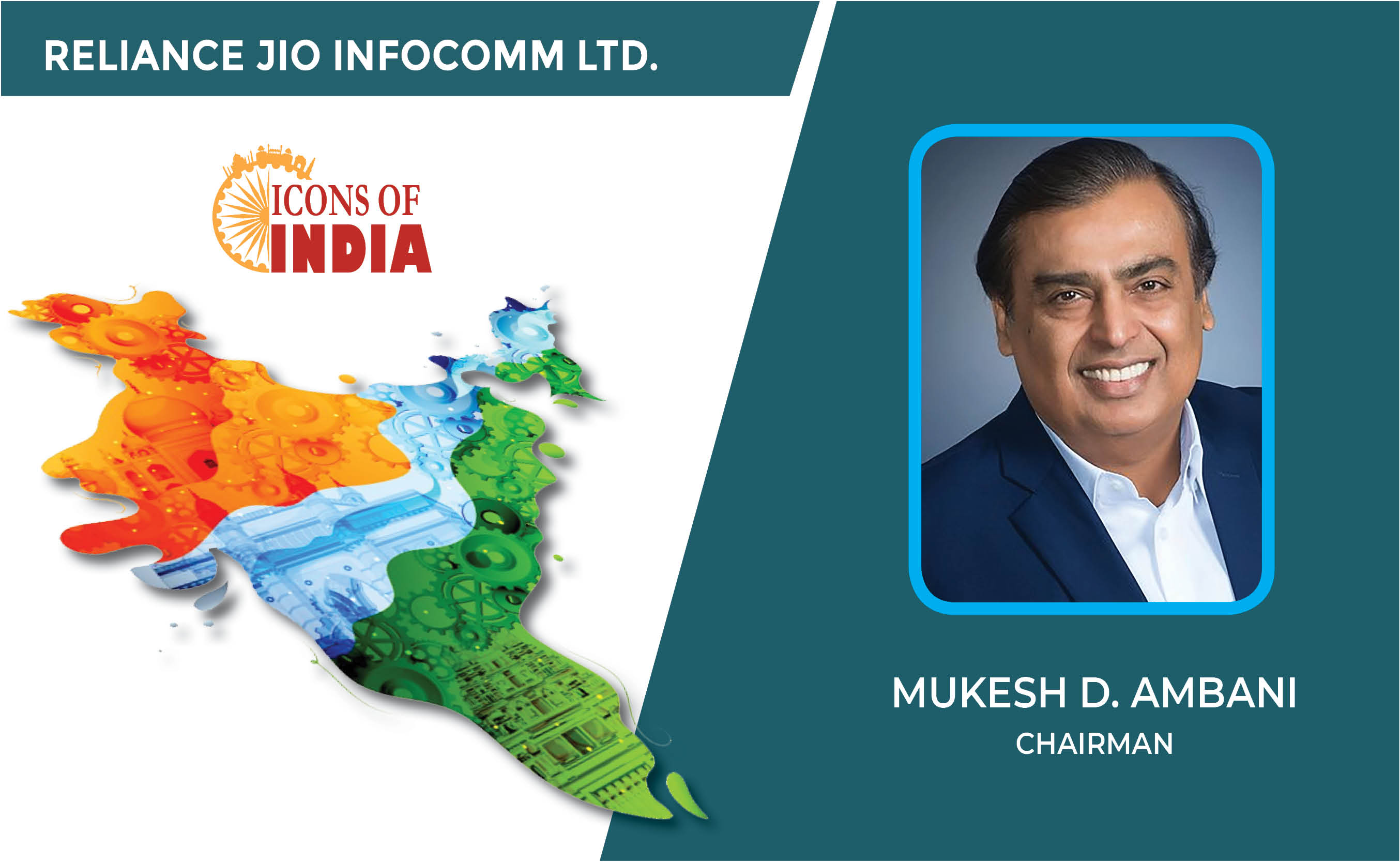
Icons Of India : MUKESH D. AMBANI
Mukesh Dhirubhai Ambani is an Indian businessman and the chairman and ...

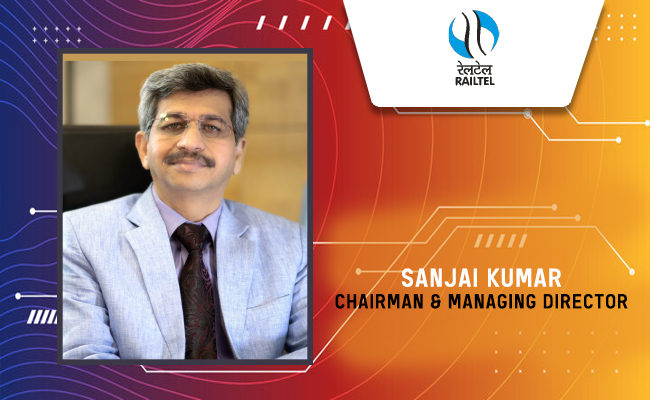
RailTel Corporation of India Limited
RailTel is a leading telecommunications infrastructure provider in Ind...
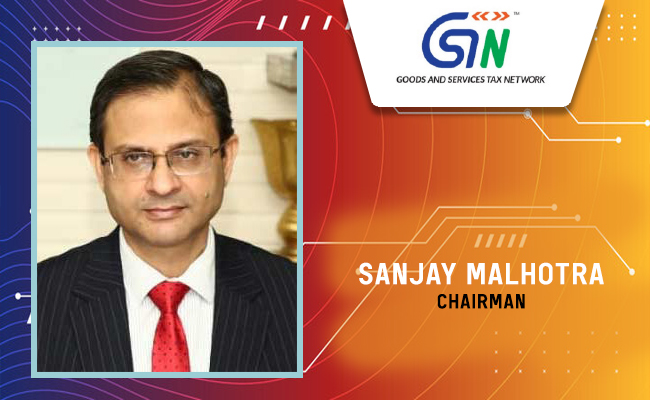
GSTN - Goods and Services Tax Network
GSTN provides shared IT infrastructure and service to both central and...
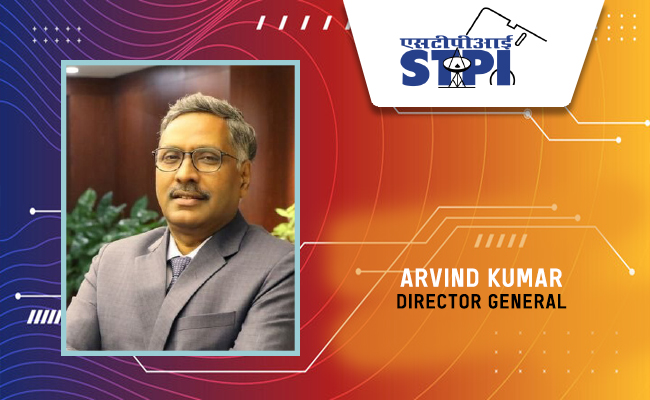
STPI - Software Technology Parks of India
STPI promotes and facilitates the growth of the IT and ITES industry i...

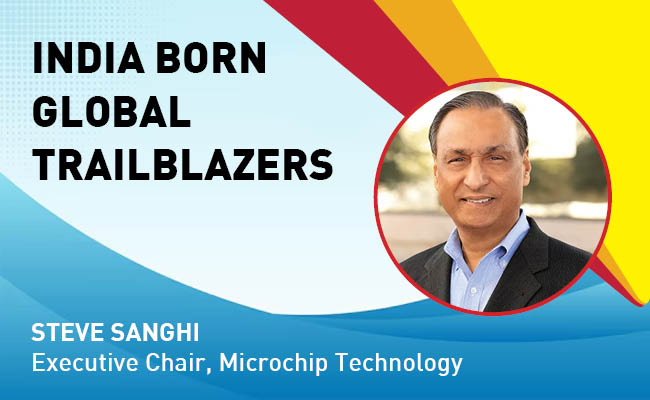
Indian Tech Talent Excelling The Tech World - Steve Sanghi, Executive Chair, Microchip
Steve Sanghi, the Executive Chair of Microchip Technology, has been a ...

Indian Tech Talent Excelling The Tech World - NEAL MOHAN, CEO - Youtube
Neal Mohan, the CEO of YouTube, has a bold vision for the platform’s...

Indian Tech Talent Excelling The Tech World - Anirudh Devgan , President, Cadence Design
Anirudh Devgan, the Global President and CEO of Cadence Design Systems...
 of images belongs to the respective copyright holders
of images belongs to the respective copyright holders